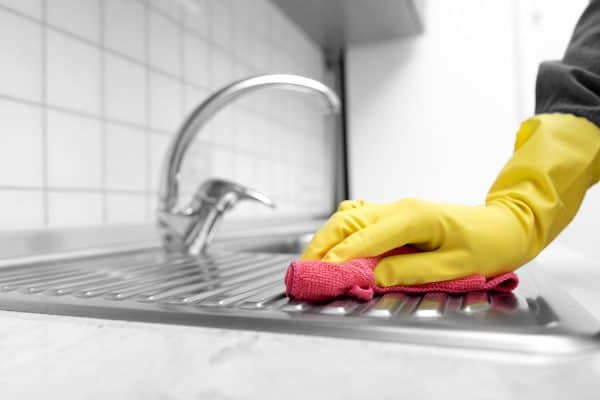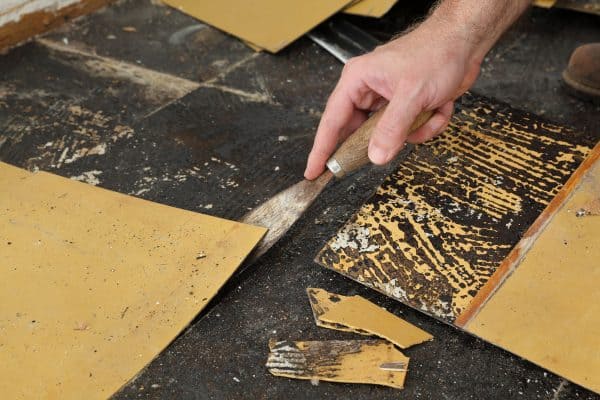While central vacuum systems can last up to 20 years, not all of the accessories and parts that make up the system will last as long. A vacuum hose is one part that may need to be replaced long before the rest of the system. If you have a central vacuum system, you might be wondering if the hose can be repaired instead of replaced. We've done some research to answer this question for you.
The short answer is that it depends. Some situations can be fixed with simple repairs that you can do yourself. In other situations, a repair would be too dangerous or simply impossible to complete. In those cases, the hose will need to be replaced.
Not sure which situation falls into what category? You're in the right place. We will explain some common troubleshooting issues and tell you whether you can fix it yourself or need to replace the hose.
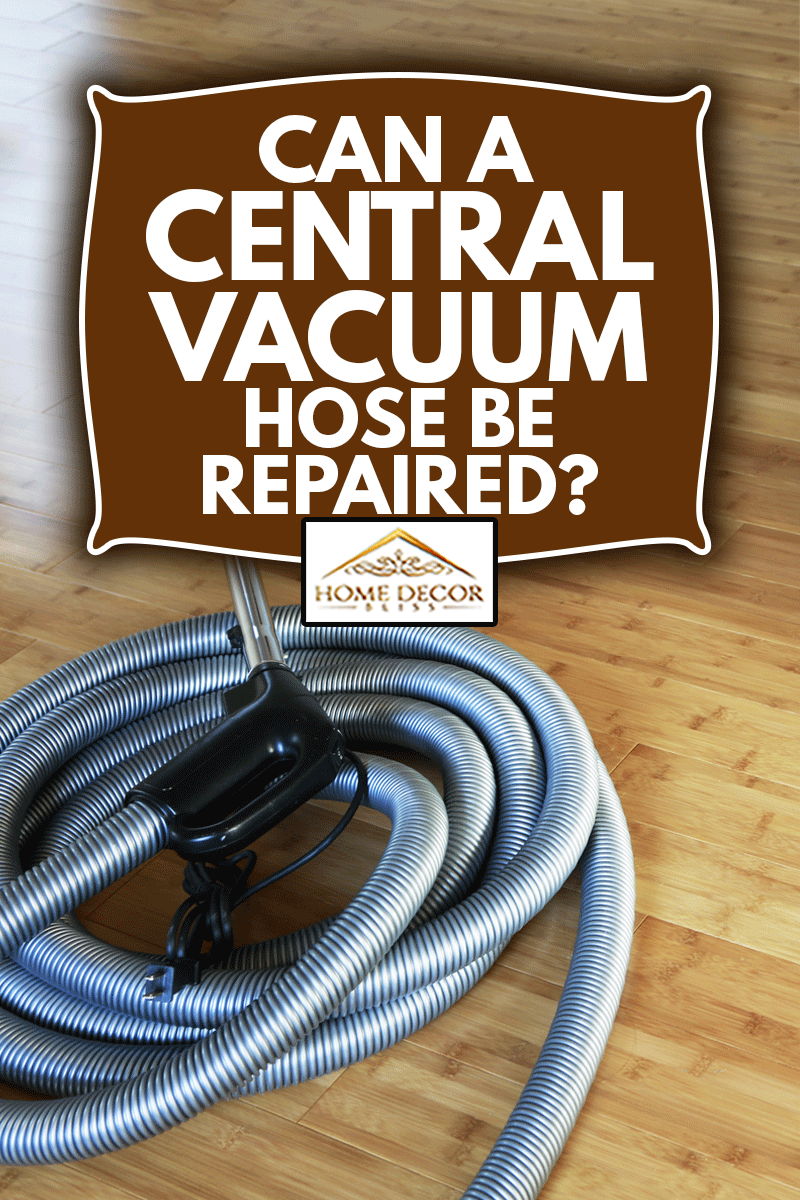
Repairs You Can Make On Your Vacuum Hose
Throughout the life of your hose, you will encounter issues that you can fix on your own, saving you from having to replace the hose. Generally, these issues have quick, easy fixes and need parts that are easy to obtain.
Clogs
Like with any vacuum, clogs are bound to happen. They are often easy to find and fix, so replacing the hose will not be necessary. Simple clogs in your hose will only require a long, thin object or even your fingers to remove.
In other instances, you'll have to do a little bit more work, such as creating suction to loosen the clog or introducing a product to your system that is specifically designed to fix and prevent clogs.
In the rare case that you cannot clear a clog on your own, you can have the hose repaired by a professional. While this will cost money, it won't cost as much as replacing the hose.
Power Switch (Low Voltage)
Vacuum hoses have a power switch located inside them that can turn the system on from the hose. This is so that you can turn your vacuum on and off in a room you are working in rather than having to turn the whole system on or off. If you flip the switch on your hose and it does not turn on, it is likely that the switch within your hose has short-circuited.
You can test this theory by going to the main system and turning on the power. If your vacuum system uses the main switch, your hose's switch assembly is to blame and needs to be fixed. You can replace this switch system yourself for a reasonably low cost.
The power switch is considered part of a low voltage system. This system can be bypassed by the high voltage system that powers your vacuum. Low voltage parts are easier to replace and repair, so they can be fixed without replacing the whole hose.
We may include affiliate links and curated AI content to highlight top design styles.
Click here to see this switch assembly part on Amazon.
Leaks
If you hear hissing or feel air coming out of your vacuum hose, it may have a leak. Small leaks can be repairs with a patch or some tape.
Lost Or Broken Attachments
Before running out and replacing your vacuum hose, if you've lost or broken an important attachment, check to see if you can replace the attachment first. While you will need to be sure that the replacement is compatible with your hose, it might save you from having to spend money on a brand new hose and attachment set.
When Your Vacuum Hose Will Need To Be Replaced
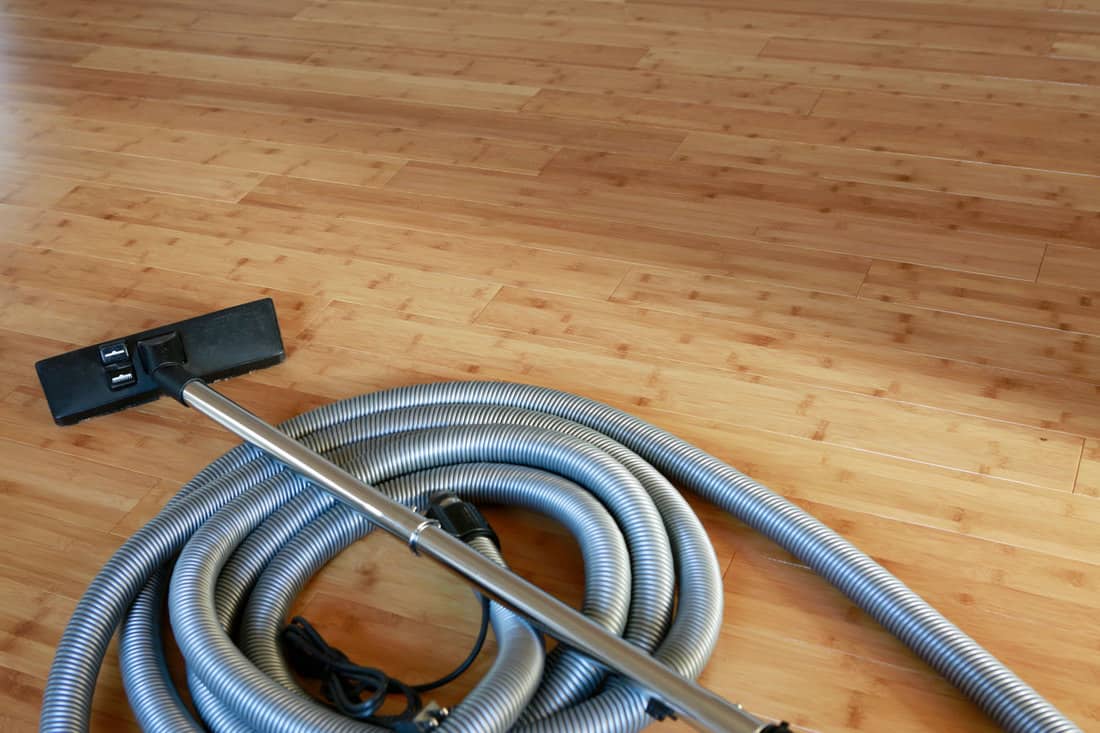
Some issues cannot be repaired, while others are too dangerous to attempt to repair. In these cases, replacing the hose is necessary.
Short Circuit In Hose (High Voltage)
While some short circuits in your hose can require a switch assembly replacement, others indicate a short within the length of the hose. If this is the case, you will need to have your entire hose replaced because the short cannot be repaired.
Large Leaks Or Multiple Cracks
If your vacuum hose has holes or multiple cracks that can't be fixed with a simple patch, you will need to replace the whole hose. Similarly, if a small leak cannot be patched, such as in a crease, the hose will need to be replaced.
How Long Do Central Vacuum Hoses Last?
The life expectancy of central vacuum hoses varies widely depending on how well they are taken care of and how much they are used. On average, though, you can expect your vacuum hose to last for about 800-1100 hours of active work or about three years of daily cleaning.
How Do I Know If My Central Vaccum Is Clogged?
You will know that your central vacuum is clogged if you experience weaker than usual suction. Your vacuum won't pick things up as well as usual. Once you find out that your vacuum is clogged, you will then need to determine whether the clog is in the vacuum hose or other parts of your vacuum by testing each part until you find the clog.
How Do You Test A Central Vacuum Hose?
You will need to plug your hose into your main vacuum unit, rather than your wall valves, to check it. Otherwise, you will not be able to determine whether it is the hose that is clogged or other parts of the vacuum system. When you plug your hose into the main vacuum unit, you should feel a strong suction.
If you don't, it is safe to assume that your hose is the piece that is clogged. If the suction is as strong as usual, you will have to check your vacuum's other components, such as attachments and pipes, to find the clog.
How Do You Unclog A Central Vacuum?
Of course, the easiest way to unclog a vacuum is to remove the clog yourself, using your fingers or any long and thin object that can fit inside the clogged part. However, not all clogs are so easily removed, and there are a few different ways to effectively remove more complex ones.
Apply Pressure
The simplest way is to create pressure by holding your hand over the suction while the vacuum is running. The pressure will build and may release the clog. You may need to repeat this a few times before the clog is released, but it is generally one of the most effective ways to free a clog from hoses or attachments.
Reverse Suction
The reverse suction method is similar to the pressure method, except that you use a portable vacuum or shop vac instead of your hands to create pressure. This is a good second step if your hands did not work or if the clog is in your valve inlets.
Free Flow Maintenance Sheet
If the suction methods don't work on your clog, you can try putting a free flow maintenance sheet into the system. These sheets can be purchased through retailers or on Amazon, and they work similarly to the suction methods in that they create pressure around the clog to release it.
Their ability to work through your system makes them more effective on clogs that the other methods can't free up, though, and they can be used regularly as a maintenance routine to keep your system clog-free.
Click here to see these free flow maintenance sheets on Amazon.
If none of these do-it-yourself methods work to free your clog, you may have to call professional services in to take care of your clog for you. Make sure you check out our article How To Unclog And Clean A Central Vacuum System [A Complete Guide] first!
Summary
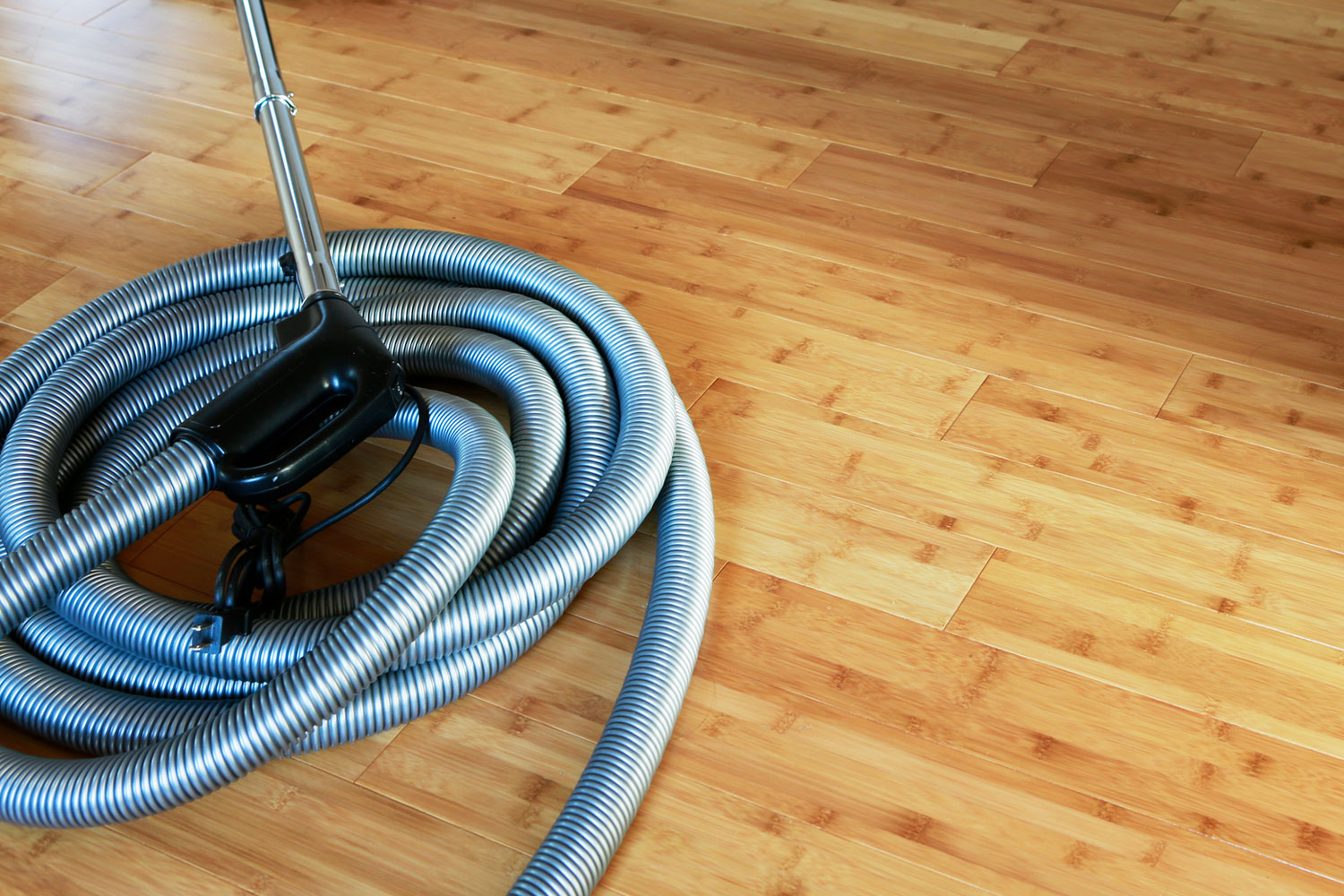
Central vacuum hoses are pretty different than regular vacuum hoses in that they typically house their power systems within the hose itself. Because of these extra parts, central vacuum hoses generally are more expensive and have more potential for needing repairs.
While many issues involving your central vacuum hose can be taken care of on your own for much cheaper than a hose replacement, there are times when that replacement is the better option. When in doubt, don't be afraid to get a professional opinion.
If you're shopping for your very first central vacuum system, check out these articles to help you choose the best model and type for your household needs:


